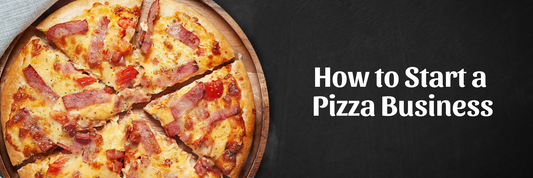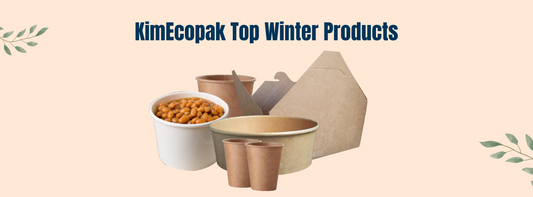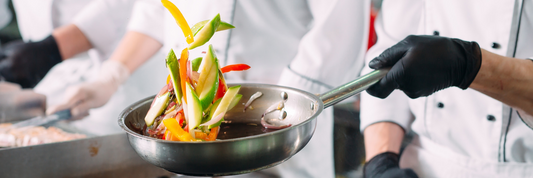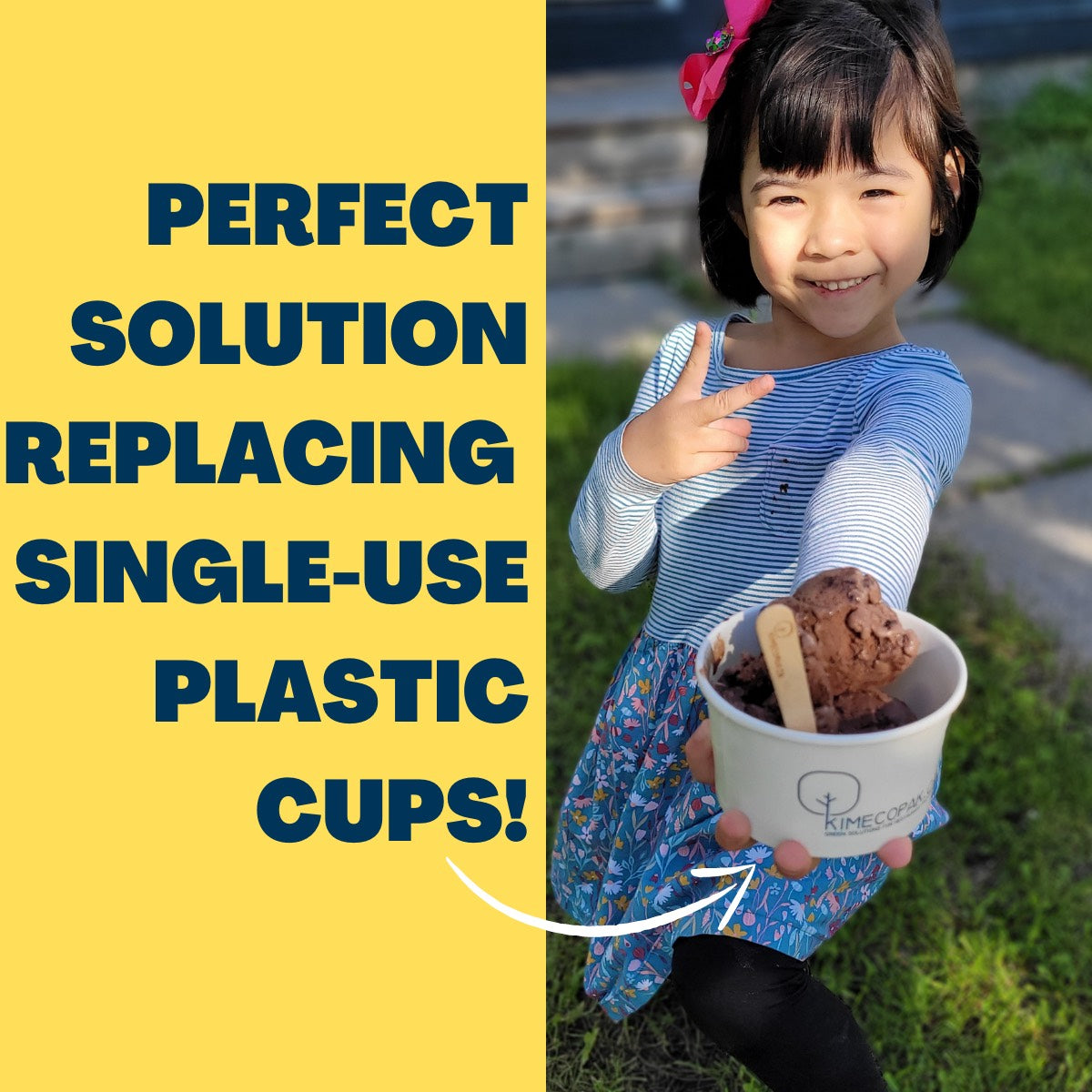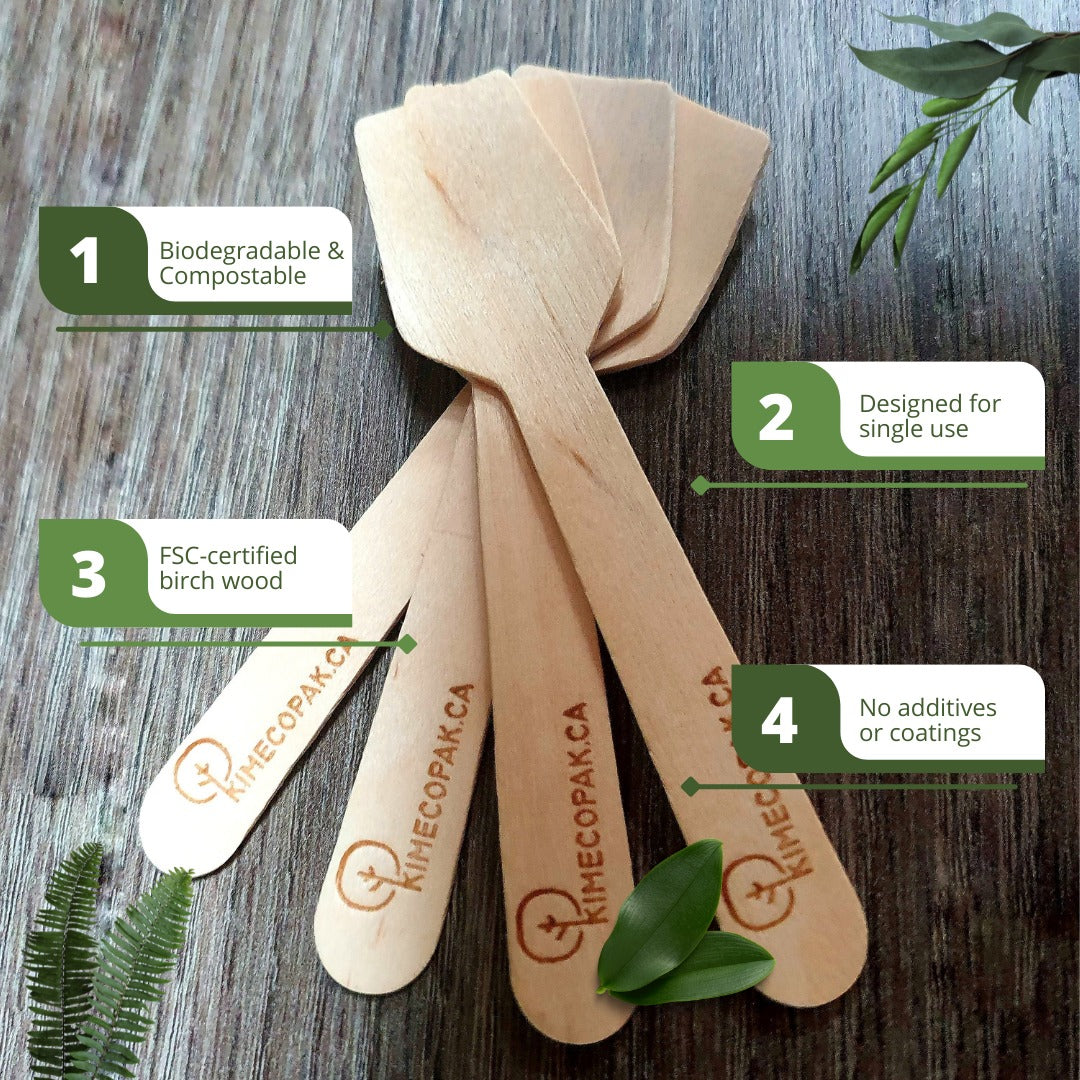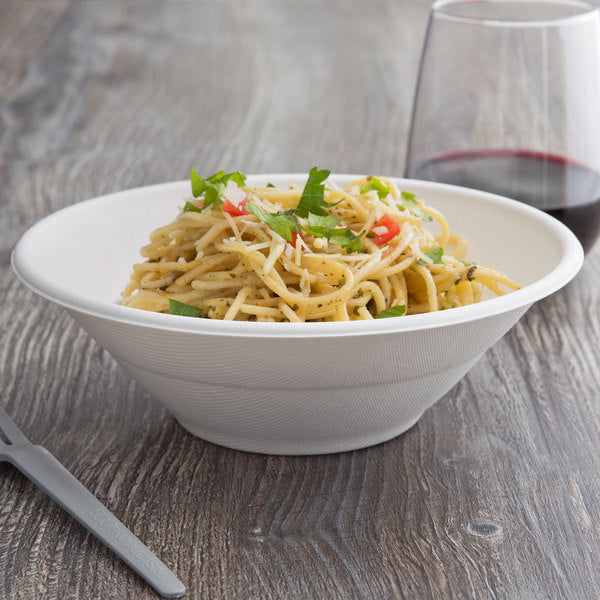Mise en place is a French culinary term that means "putting in place." This concept is fundamental to professional chefs and home cooks alike, ensuring that the cooking process is smooth, efficient, and enjoyable. In this article, we will explore what mise en place is, its importance, examples, and how to practice it effectively.
- What Is the Hospitality Industry? Different Sectors of the Hospitality Industry
- Guideline to Create the Perfect & Profitable Bar Food Menu
- What is a Concierge? What Does a Concierge Do? How to Become a Concierge
What is Mise En Place?
Mise en place is a French kitchen term that means “putting in place" or “gathering.” It refers to the practice of preparing and organizing ingredients and tools before starting to cook. This involves chopping vegetables, measuring spices, gathering utensils, and arranging them orderly. By having everything ready and within reach, cooks can focus on the cooking process without interruptions, leading to better timing and improved dish quality.
This term grew prominent in the late 19th century and is commonly used in professional kitchens, cooking classes, and various other settings to this day. A cook can make sure everything they need is at their workstation by adhering to mise en place. This makes it unnecessary for them to move around the kitchen more and sets them up for success in a hectic setting.

Mise En Place Examples
Mise en place lends itself to a variety of different contexts. Whether you’re using it during food prep, cooking, or another aspect of your kitchen, it is an essential tool for success. Below, we’ve listed common ways to apply mise en place in the food service industry:
- Professional kitchens: Chefs use mise en place to prepare a wide range of ingredients, including mirepoix, all over the world. By making sure that ingredients are measured, ready, and cleaned before cooking, they maintain their preparation throughout the day.
- Hibachi style cooking: Hibachi cooks use multiple ingredients at once and cook on large, open surfaces. They get the best results in this situation when they adhere to mise en place.
- Washing fruits and vegetables: Keeping your workspace neat and tidy is crucial when washing fruits and veggies. You can make sure that nothing in your produce is out of place by adhering to mise en place.

- Cutting fruits and vegetables: It's crucial to maintain fruit and vegetable separation as you chop them. By doing this, you can avoid cross-contamination and make sure your ingredients are ready to cook.
- Cutting meat: Whether you're cooking pork, beef, or another type of meat, using the mise en place method makes sure that each cut is accounted for and sorted.
- Gathering supplies: Cooking utensils and supplies can be arranged with mise en place to maximize efficiency. They will not only have no trouble finding the equipment they need, but their workspace will be tidy and intuitive.
Why Is Mise En Place Important?
Mise en place offers several key benefits:
- Efficiency: By organizing everything beforehand, cooks can streamline their workflow and save time.
- Accuracy: Pre-measuring ingredients help in following recipes accurately, reducing the risk of mistakes.
- Cleanliness: Keeping the workspace tidy and organized helps maintain hygiene and reduces cross-contamination.
- Focus: With everything in place, cooks can concentrate on cooking techniques and timings without distractions.
- Stress Reduction: Being prepared reduces last-minute rushes and stress, making cooking a more enjoyable experience.

How to Practice Mise en Place
Check the Recipe
- Read Thoroughly: Start by reading the recipe from start to finish to understand the steps involved.
- Make a Plan: Note the sequence of tasks and the cooking times for each step.
Collect Your Tools
- Gather Utensils: Assemble all the necessary tools such as knives, cutting boards, pans, and measuring cups.
- Organize: Place them in an orderly manner, preferably in the order they will be used.
Gather Ingredients
- Measure Accurately: Measure out all ingredients required for the recipe.
- Prepare Containers: Use small bowls or containers to keep ingredients separated and organized.
Complete Basic Prep Work
- Chop and Slice: Cut vegetables, fruits, and herbs according to the recipe requirements.
- Portion Proteins: Cut and portion meat, poultry, or fish.
- Pre-Mix: Mix any sauces, marinades, or dressings in advance.
Conclusion
Mise en place is a foundational practice in the culinary world that promotes efficiency, accuracy, cleanliness, and focus. By preparing and organizing ingredients and tools before cooking, you can ensure a smoother and more enjoyable cooking experience. Whether you're a professional chef or a home cook, adopting mise en place will elevate your kitchen skills and help you create delicious, well-executed dishes with ease.


